'Path of Least Resistance' is a phrase that only really applies where you have alternative paths for, for instance, a walker who chooses to go through a gap in the wall next to the gate, rather than open the gate. Wikipedia says this:
In physics, the "path of least resistance" is a heuristic from folk physics that can sometimes, in very simple situations, describe approximately what happens.
In electronics, the current always divides between several paths in the inverse ratio of their resistances (or impedances if it's AC).
In your first example, the switch when closed has orders of magnitude less resistance than the input. The current division ratio will be so close to 100% to the switch, that we engineers approximate it to 'all through the switch'.
In your second example, it's a reasonable ratio.
Note that the input current doesn't 'divide' as such, looking at all the paths and deciding how to split. The node where the paths split from has a specific voltage V. Current flows through each path I=V/R, V is the same for each path, hence the current is in the inverse ratio of resistances. The input current to that node is then the sum of all the output currents.
Looking at the comments about water channels, and thinking about the origins of the phrase, it's also often used for lightning. Who hasn't been told, when perhaps visiting a tower with a 'lightning conductor' fixed to the outside, that it takes the path of least resistance. Just like water eroding its own channel, ionisation in the air creates its own low resistance channel. This happens to such a degree that lightning may well not strike the most obvious high point in the local area, but proceed by ionisation steps to create an alternative low resistance path to ground through which the main strike then occurs.


